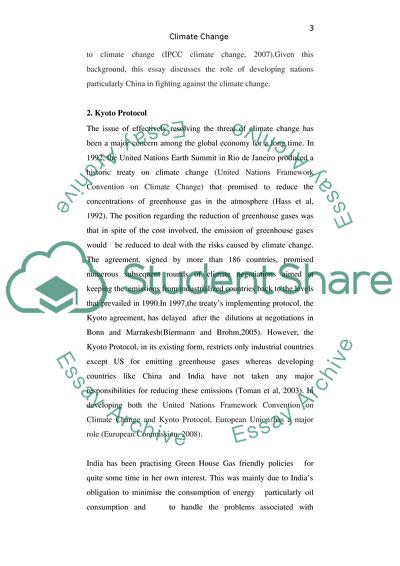Cite this document
(Role of China in Fighting Against Climate Change Research Proposal, n.d.)
Role of China in Fighting Against Climate Change Research Proposal. Retrieved from https://studentshare.org/environmental-studies/1736602-what-role-is-chinadeveloping-countries-playing-in-fighting-aganist-climate-change
Role of China in Fighting Against Climate Change Research Proposal. Retrieved from https://studentshare.org/environmental-studies/1736602-what-role-is-chinadeveloping-countries-playing-in-fighting-aganist-climate-change
(Role of China in Fighting Against Climate Change Research Proposal)
Role of China in Fighting Against Climate Change Research Proposal. https://studentshare.org/environmental-studies/1736602-what-role-is-chinadeveloping-countries-playing-in-fighting-aganist-climate-change.
Role of China in Fighting Against Climate Change Research Proposal. https://studentshare.org/environmental-studies/1736602-what-role-is-chinadeveloping-countries-playing-in-fighting-aganist-climate-change.
“Role of China in Fighting Against Climate Change Research Proposal”, n.d. https://studentshare.org/environmental-studies/1736602-what-role-is-chinadeveloping-countries-playing-in-fighting-aganist-climate-change.


